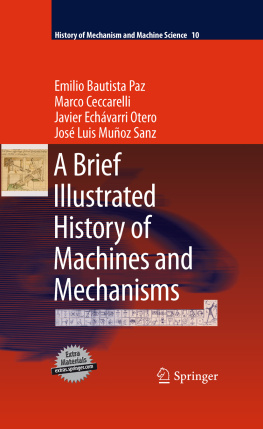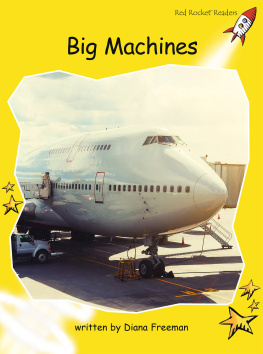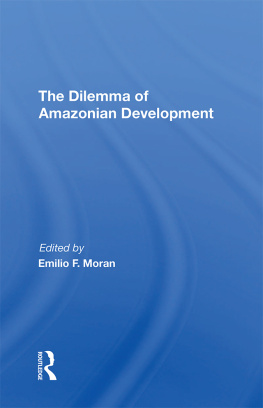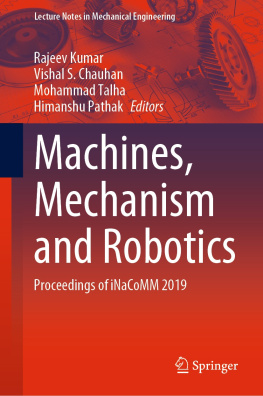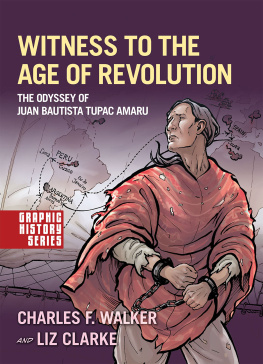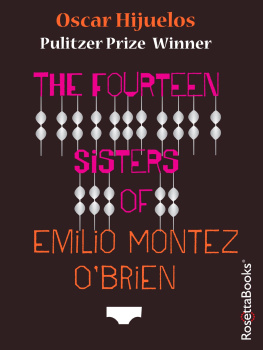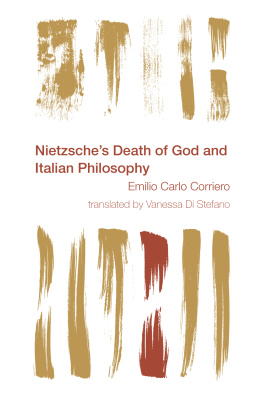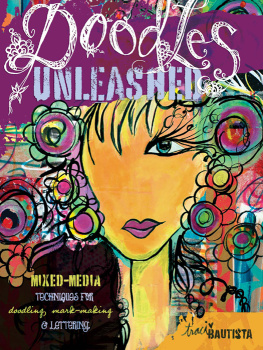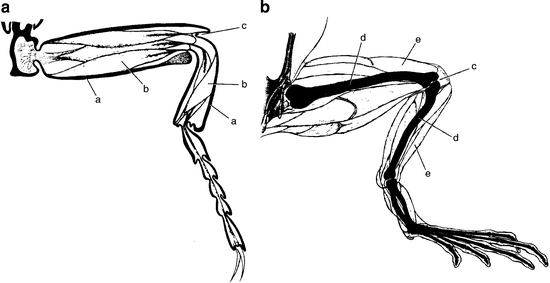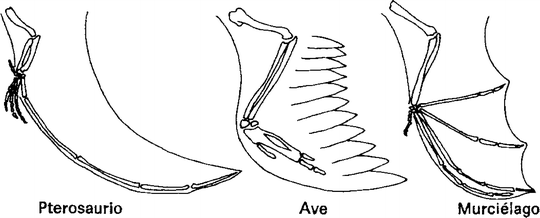Emilio Bautista Paz , Marco Ceccarelli , Javier Echvarri Otero and Jos Luis Muoz Sanz History of Mechanism and Machine Science A Brief Illustrated History of Machines and Mechanisms 10.1007/978-90-481-2512-8_1 Springer Science+Business Media B.V. 2009
1. Anonymous Developments
Throughout the chapters of this book, the reader will be able to see that the preliminary information about machines and mechanisms is described as something already existing at the time of the treatises referring to that information. The information and the machinery itself already formed part of the cultural heritage of the community that was used to construct and use them. Only rarely, at the beginning of history, and then eventually with greater frequency, are machines presented as the results of conscious individual designs.
This anonymity becomes more explicit when a machine writer refers to cultures, which are different from his own, by attributing the invention to Chinese designers, Persians, or Celts, as being distant in time or space.
Machines and mechanisms are described as interesting curiosities, on the same level as customs, plants, or exotic animals. This has became clear with the appearance of ethnology as a structured science. Marcel Gauss, in his Introduction to Ethnology written as the basis for his lectures at the University of Paris, introduces technology and, in particular, mechanical technology, as one of the criteria for classification, together with economic, legal, or religious phenomena among others.
Similarly, the nineteenth century saw the appearance of societies that were devoted to regional studies of an ethnological nature, as a consequence of an interest in the visibly rapid disappearance of ancestral customs and ways of life, with the purpose of preserving them, at least in documented form. In the Spanish context, as in many other countries, societies of friends of the country were founded. Those societies also made frequent reference to popular machines and mechanisms. Many books were written on rural machinery with the same spirit but, unfortunately, most of the time they had only regional circulation. Emblematic examples are the Spanish books on Water Mills on Grand Canary Island by J.M. Daz Rodrguez, and in Asturias, the book Hydraulic Devices by Gonzalo Mors.
Archaeology is an obvious source of knowledge for anonymous machine developments, but there are serious difficulties in recognising a finding of this kind that is not simply a single object but an ordered set of parts. For example, an isolated gearwheel may be misunderstood as a solar symbol, or a connecting rod, for a schematic representation of a female god. Only if parts are discovered in connection with the rest of a mechanism, is it possible to recognise their mechanical function. In general, in archaeological remains it is extremely rare to find fully intact a mechanical device. This makes an appropriate interpretation of those remains very difficult, particularly when the concept and design of a machine is related to the relative movements of several components. Since current archaeology gives more importance to the whole context of finds than to an isolated object, there is yet an intrinsic difficulty in recognising several scattered and incomplete parts as the components of a mechanism.
Finally, the most important development concerning anonymous machines are related to biological forms. Nature has continuously solved mechanical problems in order to construct and maintain life and has demonstrated brilliant ingenuity and creativity in the design of highly efficient mechanisms. This short book would have a significant gap if it would not deal, at least succinctly, with this part of machine history.
Through the above-mentioned observations, it is evident that there is difficulty in finding proper sources for this chapter, and even more difficulty in ordering them as they come from such different fields as archaeology, general and regional ethnology, and biology. The authors are aware of the limitations and omissions in this respect.
On Machines Before Man
Mechanical design existed even before man appeared on the Earth. A human being itself is a complex machine. The Universe looks like a machine in motion, mainly with well-defined cycles that are subject to mechanical laws as was observed by the first men and the first civilisations as a harmony of the heavenly bodies and even influencing events and individuals. In a sample view, Biology can offer us examples of mechanical design, like the leg of an arthropod or a vertebrate (Fig. ) whose design involved the solution of several mechanical engineering problems.
Fig. 1.1
Legs of a vertebrate and an arthropod []
When fishes first emerged out of the sea into an air-filled environment, their fins had to be redesigned in order to adapt them to locomotion on land and to support their body weights, even by strengthening the materials of their structure (bone towards cartilage). The weight and locomotion considerably increased the actions within and towards the body when compared with the situation that had been practically weightless in the water. Even the tribological contact within the joints had to be redesigned with better lubrication. Thus, the leg mechanism became an effective means of locomotion over all types of terrain (Fig. ).
Fig. 1.2
Different leg designs []
Fig. 1.3
The evolution of a leg into a wing []
In addition, some vertebrates returned to the sea, by further modification of the legs in order to make them similar to the fins of their ancestor fishes, and in even more likely, they became closer to the amphibians (Fig. ) that were then living on dry land.
Fig. 1.4
Legs went back to the fin []
Together with these original machines that made efficient use of the energy that is supplied by the muscles, Nature also designed what today might be called precision mechanisms. Sound analysis was performed by a system of vibrating sacs in a grasshoppers ear that is made with the aim to resonate by the different frequencies (Fig. ). This is a very simple design as compared to other types of animal ears.

